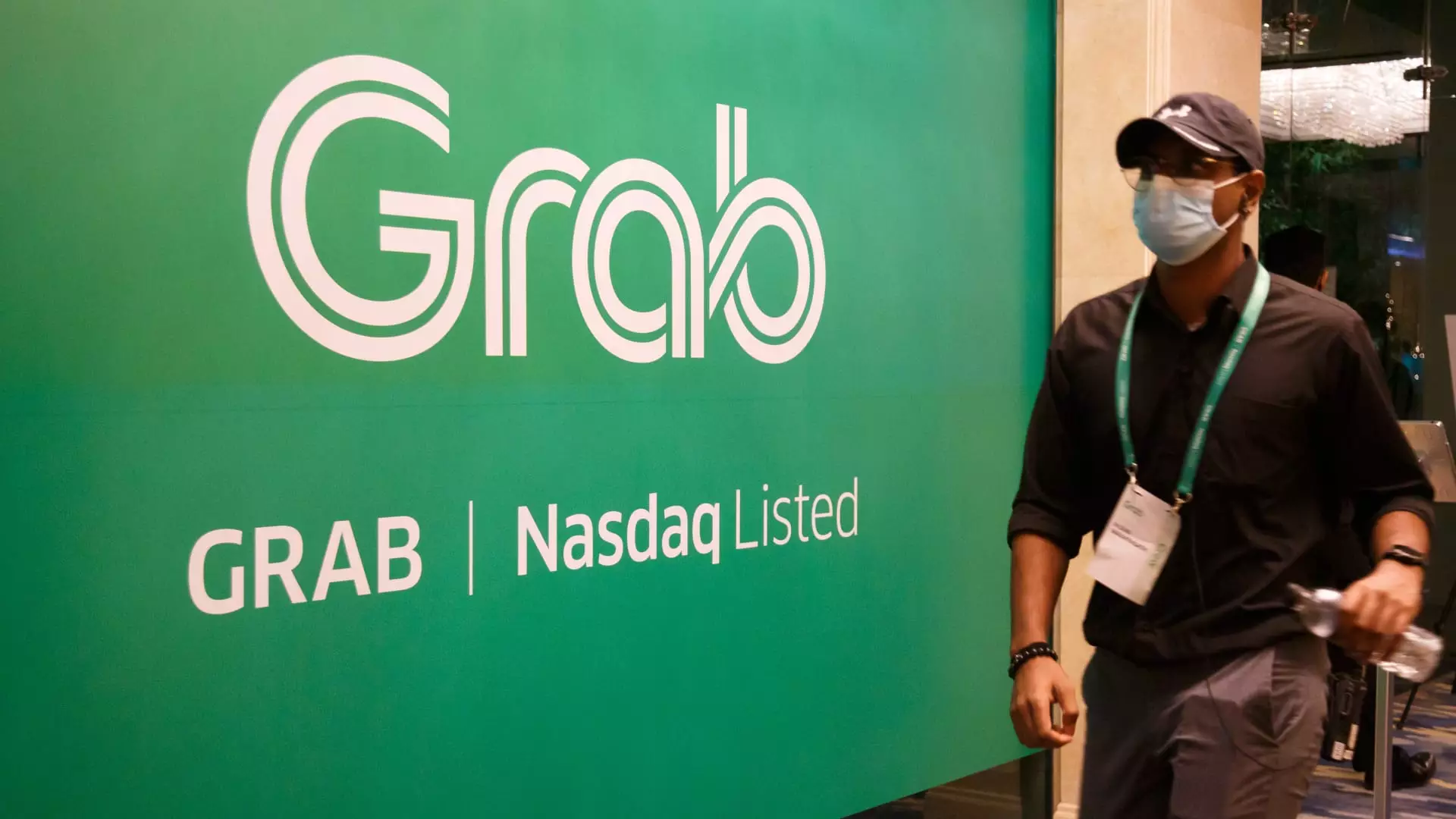Grab, the Southeast Asian ride-hailing giant, has recently reported its first-ever profitable quarter, with a staggering $11 million in profit. This marks a significant improvement from the $391 million loss recorded during the same period a year ago. The company attributes this boost in profitability to various factors, including an improvement in Group adjusted EBITDA, fair value changes in investments, and lowered share-based compensation expenses. Furthermore, Grab’s revenue for the quarter reached $653 million, surpassing analysts’ estimates of $634.86 million.
In addition to its ride-hailing services, Grab has expanded its offerings to include financial services such as payments and insurance, as well as deliveries for food, groceries, and packages. This diversification has proven to be successful, with Grab CFO Peter Oey stating that the company has seen a resurgence in demand for its mobility services, surpassing pre-Covid levels. Moreover, Grab has experienced record year-over-year growth in its deliveries business, further solidifying its position in the market.
Despite its years of operation marked by losses, Grab has now shifted its focus towards profitability. The company recently announced a plan to repurchase up to $500 million worth of class A ordinary shares for the first time. This move signifies a new era of financial prudence for Grab, as it aims to balance growth with profitability. With macro uncertainties affecting global markets, tech startups like Grab are realizing the importance of achieving sustainable profitability while managing costs effectively.
Grab has historically relied on incentives to attract drivers and passengers to its platform. However, the company has been gradually reducing these incentives in a bid to drive up profitability. Despite this shift, Grab’s CFO Peter Oey emphasized that incentives will continue to play a crucial role in the company’s strategy. He stated that incentives help ensure an adequate supply of drivers and appeal to price-sensitive customers. While Grab acknowledges the importance of incentives, it remains committed to optimizing its incentive strategies to achieve a balance between growth and profitability.
Looking ahead to 2024, Grab anticipates revenue to fall between $2.70 billion and $2.75 billion. This projection is slightly below analysts’ consensus of $2.8 billion, reflecting Grab’s cautious optimism amidst market uncertainties. Despite the positive financial results, Grab’s shares closed 8.41% lower following the earnings report. The company’s share price has also experienced a significant decline, dropping 75.8% from its opening price in December 2021.
Grab’s recent financial performance highlights its remarkable turnaround and shift towards profitability. With a diversified portfolio of services and a renewed focus on cost management, Grab is poised for continued growth in the competitive ride-hailing market. By balancing growth with profitability and optimizing its incentive strategies, Grab is demonstrating its ability to adapt to evolving market conditions and emerge as a key player in the Southeast Asian tech industry.


Leave a Reply